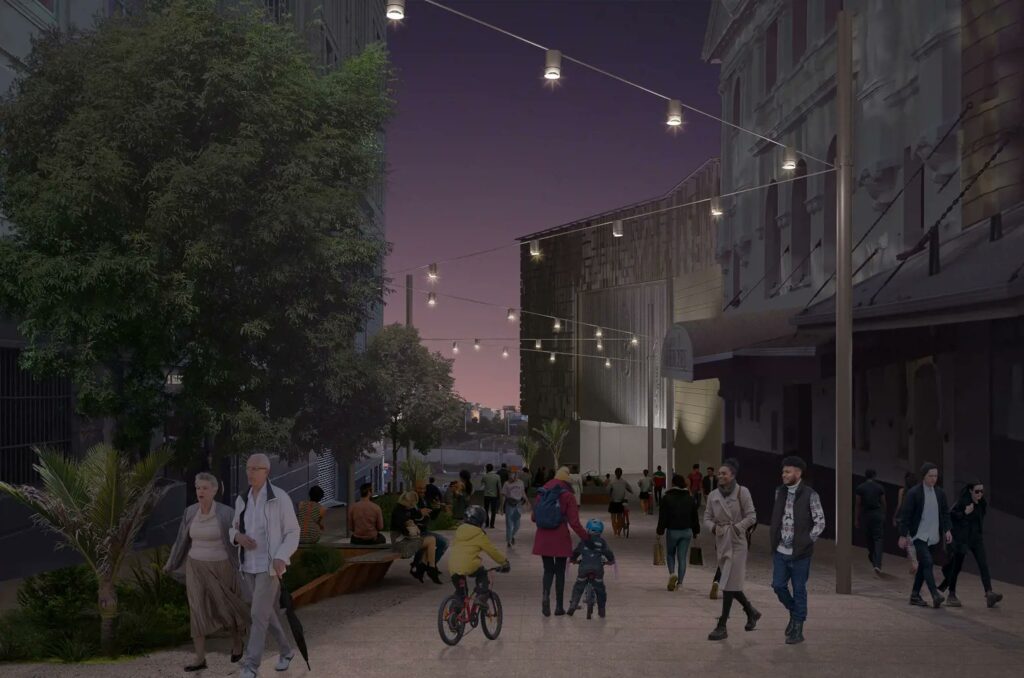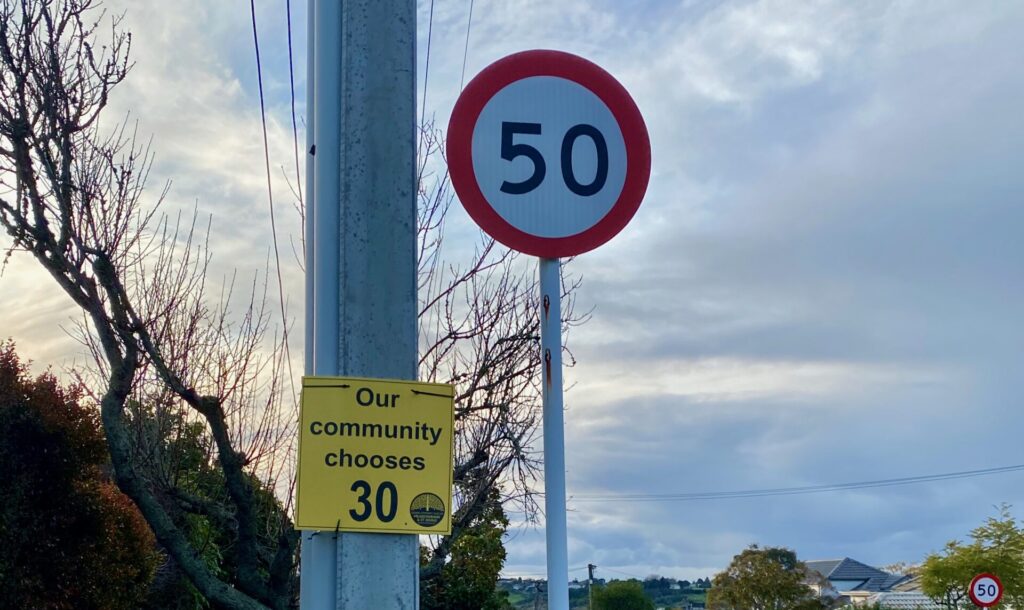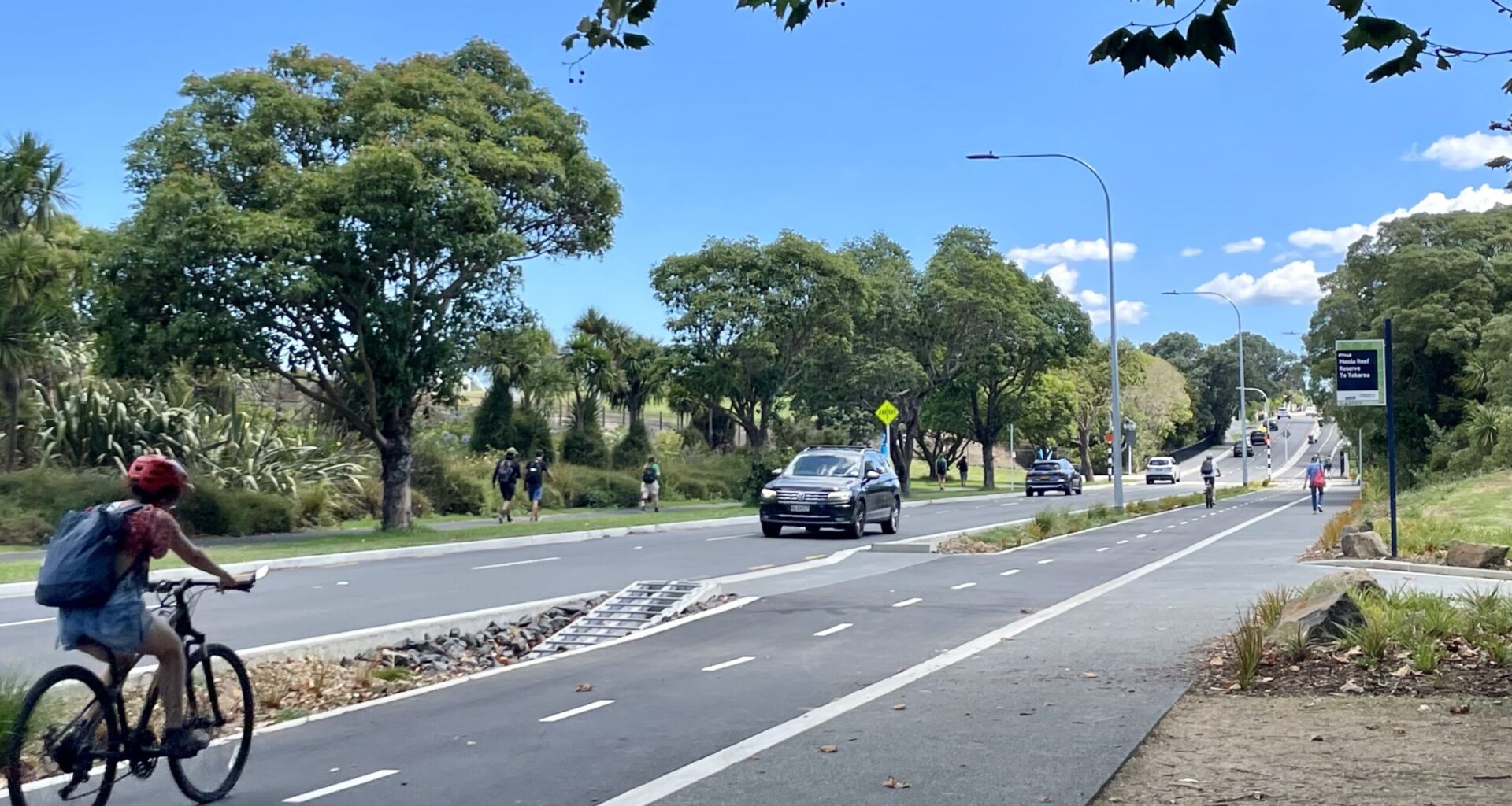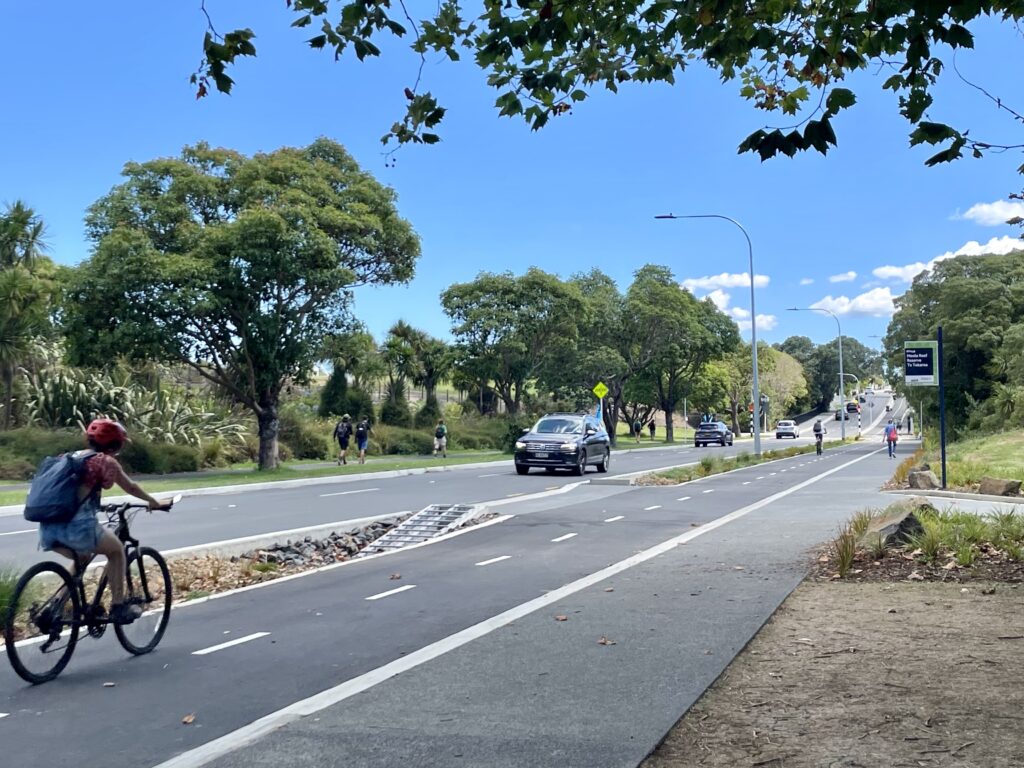Connor Sharp is running for the Waitematā Local Board in this year’s election.
On Saturday (pending any close-run races), we’ll learn who will govern our city for the next three years.
While the mayoral race feels like a foregone conclusion – to the point there’s barely even any media coverage of it – who else will be sitting around the council table, and who will sit on the various local boards, will have a big impact on the city’s future.
That impact is likely to be even more significant than previous elections, because of the proposed reforms to Auckland Transport which involve a major shift in transport governance for New Zealand’s biggest city.
How these Auckland elections will reshape the future of transport in Auckland
About a month ago, the trio of B’s (Wayne Brown, Simeon Brown, and Chris Bishop) revealed the legislation that will reform Auckland Transport and see council take over as the local Road Controlling Authority (RCA).
This means Auckland Council becomes responsible for almost everything that happens on the region’s roads, leaving Auckland Transport focused only on delivering public transport.
Council becoming the RCA means that the Mayor and Councillors we elect this month will decide not only how much money is spent on transport across our city, but also which projects get built – and, potentially, all of the minute details of those projects.
A couple of good recent examples of the kind of street-shaping projects where Council will gain even more direct influence and decision-making power are Project K (the precinct project around the Karangahape Road CRL station) and the Great North Rd improvements.
When projects like these come up in future, it’s whomever is elected on Saturday that will determine whether we see progress – or regression.
 Render of Mercury Lane for Project K
Render of Mercury Lane for Project K
A key detail included in the September announcement is that the Governing Body (i.e. the Mayor and Councillors) will be responsible for arterial roads and the city centre, while local boards will gain decision-making powers over local and collector roads in their areas.
The exact delineation of what is an arterial road (governed by the council) and what is a local road (looked after by local boards) will be decided by the new council. And wherever that split lands, it’s likely to remain largely unchanged until the next big shake-up of governance in Auckland, potentially decades away.
So this is pretty major stuff.
The Council’s control over the city centre is also likely to be critical how the city evolves into the future. Our current crop of councillors have shown they have very different visions over what the City Centre should look like, many of which belong in last century.
Depending on the make up of the incoming council, could we see plans for the city centre rewritten and watered down to be made more car-centric? Or will we see the continued transformation of the city to make the most of the opening of the City Rail Link?
Again this underscores the importance of who’ll be sitting around the council table for the next three years.
Who we elect to local boards matters as much as the Mayor and councillors
As noted, the legislation allows for delegation of some powers to local boards, with the announcement saying:
They’ll [local boards] make decisions on local and collector roads including setting speed limits, closing roads for events, managing parking and creating cycleways.
This immediately raises an important question. While the Governing Body will likely have access to a lot of expert advice from staff regarding the decisions they make, will the same be true for local boards?
Local boards’ new local powers could result significant changes in how people in different areas get to move around their neighbourhoods. Some local boards will be progressive, and will wield this new power for great outcomes – the types of community-supported transformations and upgrades that were too often ground to dust by AT’s change-adverse middle and upper management.
But residents of other local board areas could see the opposite, with hard-won walking, cycling and safety improvements ripped out, and local action plans put away to gather dust. As Matt said last year, the new powers given to local boards may mean the safety, walkability, and bike-ability of neighbourhoods becomes a bit of a ‘postcode lottery’, highly dependent on whoever is elected.
Meola Road Cycleway in February 2025
We’re also yet to see any indication that local boards will be properly resourced to do this work – and it will be a lot more work, meaning that the people communities have chosen to represent them may have a lot more on their plate than they may have bargained for.
A big unknown is how the council and local boards will work with the new public-transport-focused Auckland Transport.
Will the council – with control of arterial routes – improve bus priority infrastructure, to help the network run more smoothly… or could they roll it back?
Will local boards, with their ability to decide on things like the number and location of bus stops in their areas, help or hurt public transport? Too many bus stops too close together (which may sound appealing at the hyperlocal level) can slow down bus services and make them less reliable. Badly located bus stops could make public transport less useful.
Will the remnants of AT have to go begging and pleading to council and local boards, to make improvements or to preserve things that work? Who decides whose vision prevails?
 Speed limits are just one of the things local boards will get more control over
Speed limits are just one of the things local boards will get more control over
While the AT reforms still contain a lot of unknowns (and remain a bit of a complicated mess to untangle), what is certain is that when it comes to our transport choices, whoever is elected to local boards and council seats in Auckland this year matters a lot more than in the past.
Voting closes soon!
You have until noon this Saturday the 11th October to vote by putting your ballot into one of the orange drop boxes at supermarkets, libraries, or transport hubs.
If you haven’t yet received a ballot, or are not enrolled, you can still vote by enrolling (or updating your details) online, and then going to one of the special voting locations or events.
Information on candidates can be found through a few different platforms. Auckland Council has online candidate profiles this year, and there’s also policy.nz.
I would highly recommend doing a bit more research into your local candidates: check their social media, or their voting records if they are an incumbent, as their own self-reported views don’t always align with their actions and their voting record.
Please vote if you haven’t already! And encourage your friends and family to vote as well.
Local elections are always really close, so you genuinely could make a difference as races often come down to just a few votes.
You truly do have the power to shape how our city will move around in the coming years.
So use it!
This post, like all our work, is brought to you by the Greater Auckland crew and made possible by generous donations from our readers and fans. If you’d like to support our work, you can join our circle of supporters here, or support us on Substack.
Share this


